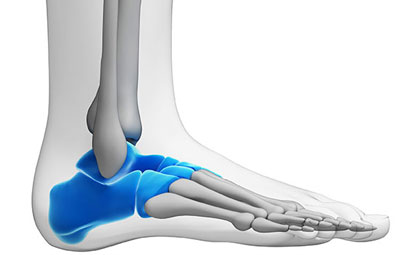

Tarsal coalition develops before birth. It is the abnormal joining of two bones that are located in the hind foot, also called the tarsal bones. The abnormal joining is made up of cartilage, bone, or fibrous tissue.
What are the symptoms of Tarsal Coalition?
Even though tarsal coalition develops before birth, the first symptoms typically surface around ages 9 to 16 years when the bones begin to mature. Symptoms can include pain, limping, and stiffness. It is also possible to experience limited motion and muscle spasms.
Diagnosis
It may be difficult to first identify a tarsal coalition as the child’s bones are still maturing. It is sometimes not discovered until adulthood. Diagnosis includes obtaining information about the duration and development of the symptoms as well as a thorough examination of the foot and ankle. The findings of this examination will differ according to the severity and location of the coalition.
The surgeon will order x-rays in addition to examining the foot. Advanced imaging studies may also be required to fully evaluate the condition.
How is it treated?
Custom orthotics may be utilized to redistribute weight from the affected area. Physical therapy can help restore motion, and injections and medications can help with pain and inflammation. Other treatment options may include:
- Steroid injections. An injection of cortisone into the affected joint reduces the inflammation and pain. Sometimes more than one injection is necessary.
- Immobilization. Sometimes the foot is immobilized to give the affected area a rest. The foot is placed in a cast or cast boot, and crutches are used to avoid placing weight on the foot.
- Injection of an anesthetic agent. Injection of an anesthetic into the leg may be used to relax spasms and is often performed prior to immobilization.
If conservative treatments are not effective, surgery may be needed to separate the joined tarsal bones.













